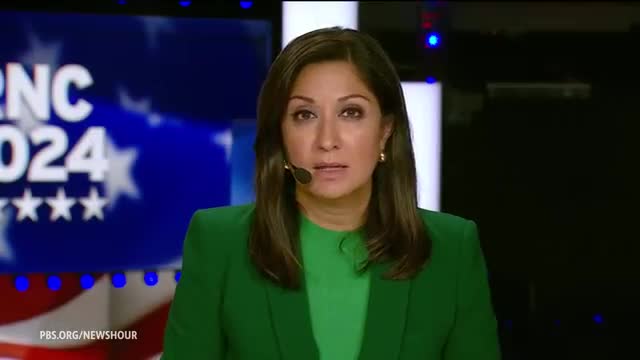Secret Service faces scrutiny after Trump assassination attempt

This article was created by AI summarizing key points discussed. AI makes mistakes, so for full details and context, please refer to the video of the full meeting. Please report any errors so we can fix them. Report an error »

The recent assassination attempt on former President Donald Trump has ignited serious concerns regarding the effectiveness of Secret Service security protocols. A 20-year-old armed with an AR-15 style rifle managed to gain a clear line of sight to Trump during a public event, prompting President Biden to order an independent review of the incident.
Homeland Security Secretary Alejandro Mayorkas confirmed that security measures had been enhanced for Trump, and noted that independent candidate Robert F. Kennedy Jr. would also receive Secret Service protection following the attempt.
Investigative reporting has revealed significant lapses in security planning. Carol Leonig, a Pulitzer Prize-winning journalist and author of \"Zero Fail: The Rise and Fall of the Secret Service,\" highlighted that the Secret Service failed to physically mitigate the line of sight from which the gunman fired. Typically, agents would use vehicles or other barriers to obstruct potential vantage points, but this protocol was not followed in this instance.
Moreover, questions remain about the role of local police in securing the perimeter. Reports indicate that an officer had spotted the gunman on a rooftop but retreated without engaging, just moments before shots were fired. This raises critical questions about the communication and coordination between the Secret Service and local law enforcement.
Leonig emphasized that despite previous investigations and recommendations aimed at improving security, many of these measures were never fully implemented. The current situation suggests that the Secret Service may be overstretched and failing to adhere to fundamental security protocols, leaving high-profile individuals vulnerable.
As the investigation unfolds, the implications of this incident could lead to significant changes in how security is managed for former presidents and other high-profile figures in the future.
Homeland Security Secretary Alejandro Mayorkas confirmed that security measures had been enhanced for Trump, and noted that independent candidate Robert F. Kennedy Jr. would also receive Secret Service protection following the attempt.
Investigative reporting has revealed significant lapses in security planning. Carol Leonig, a Pulitzer Prize-winning journalist and author of \"Zero Fail: The Rise and Fall of the Secret Service,\" highlighted that the Secret Service failed to physically mitigate the line of sight from which the gunman fired. Typically, agents would use vehicles or other barriers to obstruct potential vantage points, but this protocol was not followed in this instance.
Moreover, questions remain about the role of local police in securing the perimeter. Reports indicate that an officer had spotted the gunman on a rooftop but retreated without engaging, just moments before shots were fired. This raises critical questions about the communication and coordination between the Secret Service and local law enforcement.
Leonig emphasized that despite previous investigations and recommendations aimed at improving security, many of these measures were never fully implemented. The current situation suggests that the Secret Service may be overstretched and failing to adhere to fundamental security protocols, leaving high-profile individuals vulnerable.
As the investigation unfolds, the implications of this incident could lead to significant changes in how security is managed for former presidents and other high-profile figures in the future.
View full meeting
This article is based on a recent meeting—watch the full video and explore the complete transcript for deeper insights into the discussion.
View full meeting